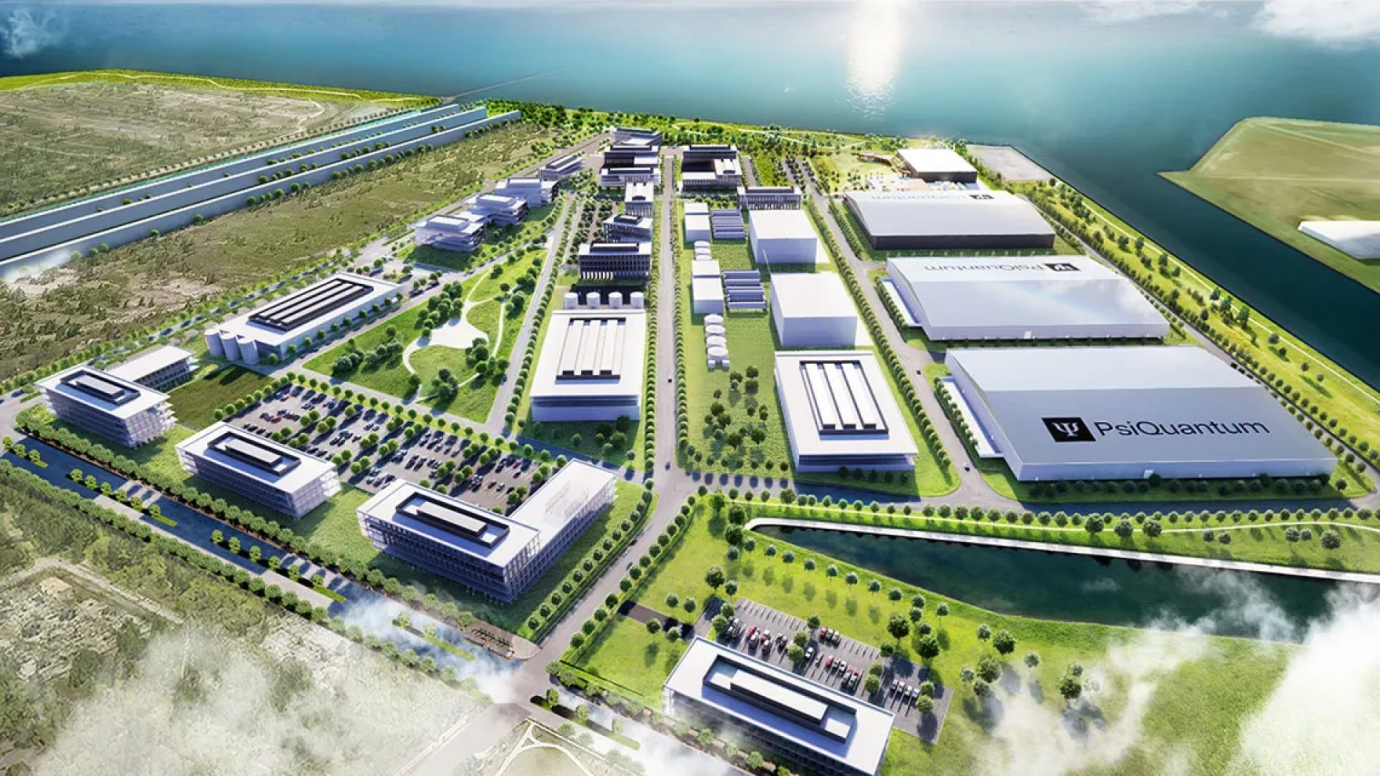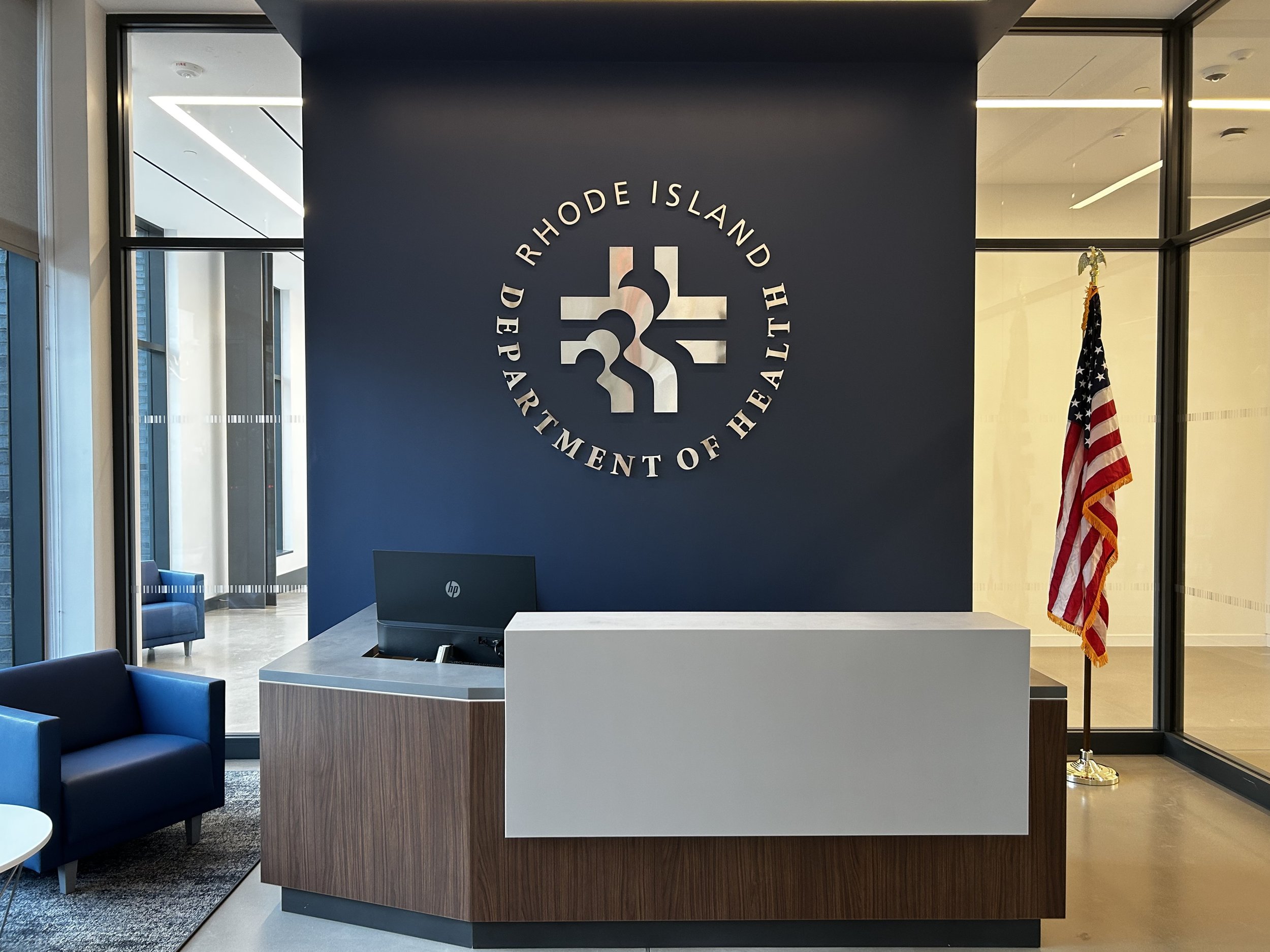[[bpstrwcotob]]

Building Lab Space that Adapts as Science Advances
Hartwell Plc has received planning approval for a £44 million masterplan at Wootton Science Park, southwest of Oxford, to deliver five new flexible lab and workspace buildings for SMEs in life sciences, quantum, AI, and sustainability, with supporting amenities and landscaped areas

Webinar Review: New I2SL Tools for HVAC Savings in Lab Facilities
Industry experts presented “New I2SL Tools for HVAC Savings in Lab Facilities” during Lab Design’s HVAC Design for a Sustainable Lab Digital Conference, offering a detailed look at the new Labs2Zero AIM Report and its real-world applications—this AIA-accredited session is available for free on demand viewing

NREL to National Laboratory of the Rockies: What a Name Change Means for Lab Facilities
The Department of Energy has renamed NREL the National Laboratory of the Rockies, a change that involves a range of administrative, signage, and facility considerations

Crime Lab Groundbreaking Brings Modern Forensics Closer to Southern Minnesota
The new regional headquarters and crime lab for the Minnesota Bureau of Criminal Apprehension will expand forensic capacity, relieve overburdened facilities, and provide modern, flexible, and sustainable infrastructure that improves evidence processing, collaboration, and public safety across southern Minnesota

Historic Steel Site Reimagined for Scientific Innovation
A historic steel site in Chicago is being transformed into the Illinois Quantum and Microelectronics Park, a flexible, sustainable, and community-integrated hub designed to support cutting-edge quantum and microelectronics research

How Turnkey Managed Services Can Help R&D Facilities Meet Net-Zero Goals
Turnkey managed services offer research laboratories an integrated, data-driven approach to achieving net-zero goals—simplifying complex projects, improving efficiency and resiliency, and delivering measurable sustainability and financial outcomes

Rhode Island Unveils Modern Laboratory to Advance Public Health and Safety
Rhode Island’s new State Health Laboratory in Providence replaces an outdated facility with a modern, flexible, and sustainable space that enhances public health capabilities, supports collaboration with academic and industry partners, and positions the state to respond to emerging threats with advanced technologies like genomic sequencing

Designing Science Spaces That Balance Performance and Sustainability
Nucleus, a science facility shared by Scripps and Pitzer Colleges, demonstrates how thoughtful, human-centered design and high-performance systems can create a sustainable, energy-efficient science facility that balances operational functionality with ambitious decarbonization goals

2026 Lab Design Conference Advances Sustainable Lab Design and Industry Innovation
The 2026 Lab Design Conference in Orlando, FL, May 11–14, provides lab professionals, architects, and planners with hands-on experience, expert insights, and actionable strategies—particularly in sustainable lab design, energy efficiency, and decarbonization—to optimize and future-proof laboratory environments

Enveda’s Biophilic Vision Earns Excellence in Small Project Design
Enveda Biosciences’ Boulder headquarters—winner of the 2025 Design Excellence Award for Small Project Design—transforms a former office building into a flexible, biophilic life sciences facility that embodies the company’s mission of “unlocking nature’s potential” through sustainable design, operational efficiency, and a deep connection between people, science, and the natural world
